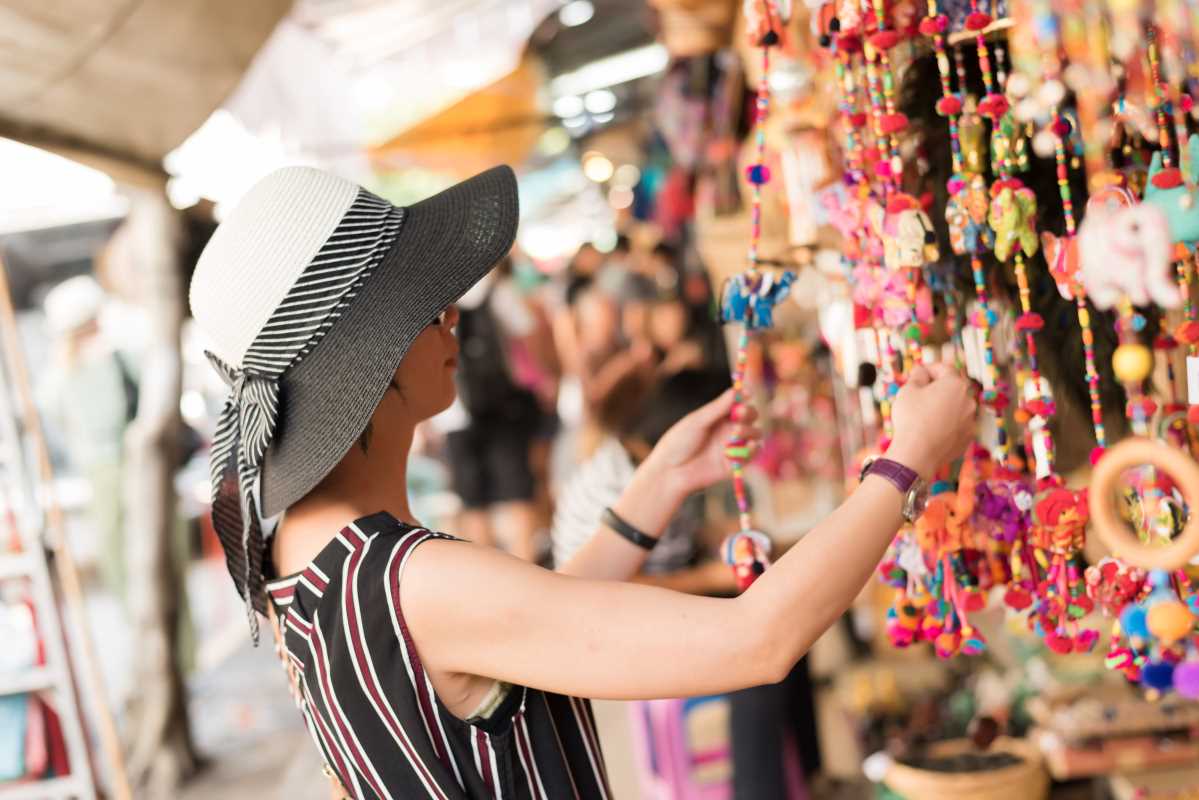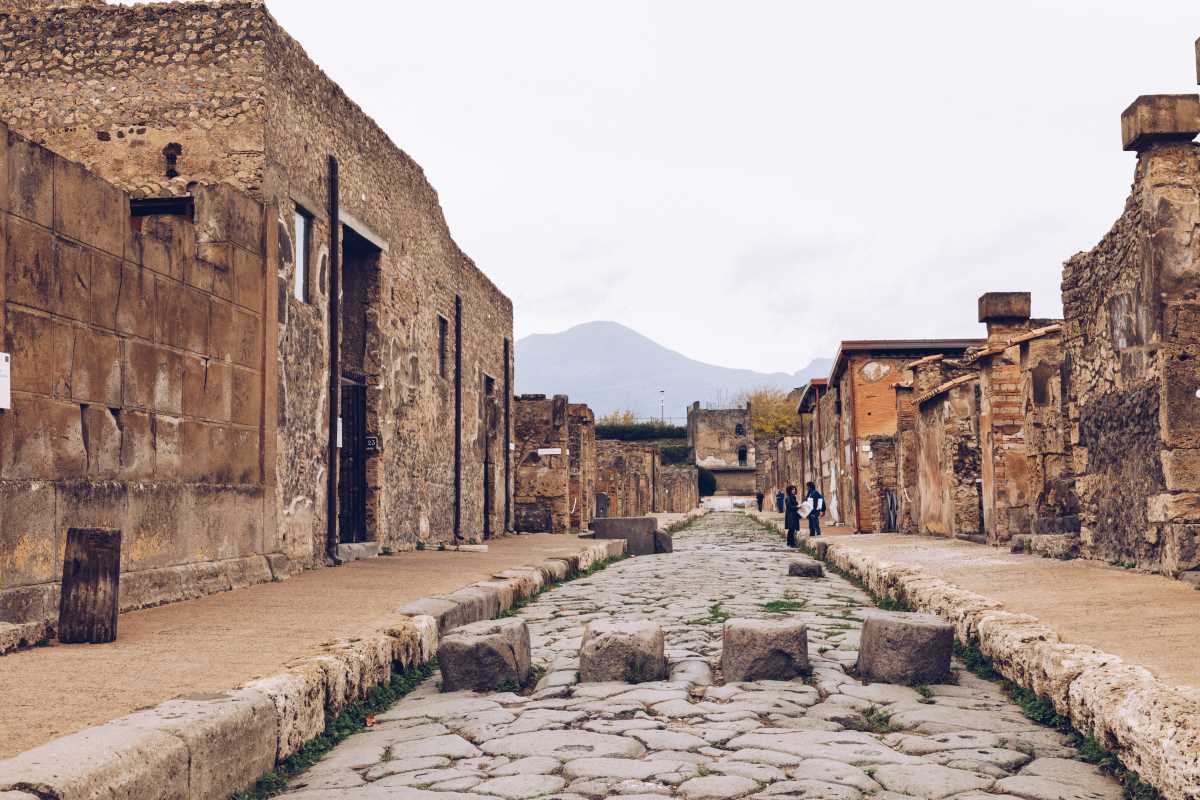Colorful textiles spill from woven baskets, while hand-carved ornaments catch the warm glow of the afternoon sun. Voices rise and fall in the lively rhythm of bargaining, creating an atmosphere full of energy and excitement. Exploring places where skilled hands carry on age-old crafts alongside new ideas transforms a casual visit into a captivating experience. These vibrant markets offer much more than just keepsakes; they provide a chance to see artisans at work and to appreciate the care and talent behind each piece. Every moment invites you to engage with creative traditions and share in the stories woven through each item.
Stepping into these stalls means tasting local flavors, hearing stories behind every stitch, and finding keepsakes that carry personal narratives. Whether you wander narrow alleys in a medieval town or stroll under colorful awnings in a bustling plaza, you’ll uncover handicrafts that celebrate heritage and innovation in equal measure.
Craft as Cultural Conversation
Artisan markets serve as open galleries, each display revealing the heritage embedded in every object. Skillful hands layer techniques passed down through generations, transforming raw materials into pieces that speak of regional identity. This creative dialogue extends beyond geometry or color—it conveys resilience and pride woven into every design.
Participating here provides an education in material lore. From the tactile feel of handspun fibers to the subtle scent of natural dyes, every sense contributes to understanding a locale’s spirit. These markets become more than commercial venues; they become living archives where creativity and community intersect.
Connecting Through Handmade Treasures
Genuine handicrafts connect cultures by showcasing artistry rooted in local environments. Whether carved from regional hardwoods or painted with plant-based pigments, each piece symbolizes its origin’s climate, geography, and ancestral knowledge. This tangible connection deepens appreciation for traditions that endure through centuries.
As you interact with artisans, simple purchases turn into shared stories. Conversations about technique, inspiration, and material sourcing reveal the human heartbeat behind every creation. This direct exchange nourishes both maker and admirer, fostering respect for the labor and legacy embedded in each handcrafted object.
Markets to Put on Your Radar
- La Boqueria Market – Barcelona, Spain
- Highlights: Fresh produce, artisan stalls, Catalan ceramics, gourmet preserves.
- Cost: Free entry; budget €20–€30 per tasting stop.
- Insider Tip: Arrive early morning to chat with makers and sample limited-edition olive oils from regional cooperatives.
- Chatuchak Weekend Market – Bangkok, Thailand
- Highlights: 15,000+ booths of textiles, silverware, handwoven bamboo goods; signature indigo-dyed fabrics.
- Cost: Admission ~10 THB.
- Insider Tip: Scout the southern zone at first light—traders often reserve their best weaves for seasoned collectors.
- Djemaa el Fna Souk – Marrakech, Morocco
- Highlights: Brass lanterns, Berber carpets, colorful leather goods from traditional tanning.
- Cost: Free entry; bartering can cut ~20% off posted prices.
- Insider Tip: Explore side corridors near sunset for exclusive dye patterns before closing.
- Tsukiji Outer Market – Tokyo, Japan
- Highlights: Wooden plaques, hand-carved chopsticks, workshops for utensil engraving.
- Cost: No entry fee; ¥200–¥500 for tool use.
- Insider Tip: Visit weekday mornings for hands-on lessons with veteran craftspeople in quieter halls.
- Souk El Had – Essaouira, Morocco
- Highlights: Shell-inlay jewelry with ocean motifs, crafted from locally harvested mollusks.
- Cost: Free browsing; jewelry ranges from 50–500 MAD.
- Insider Tip: Check outer aisles at sunset—prices often drop as vendors wrap up.
Understanding Local Traditions
- Observe regional motifs: Study pattern variations on textiles or carvings to understand stories behind symbols, then ask artisans about their significance to appreciate each piece’s context.
- Watch production techniques: Spend time near a working bench to see spinning, weaving, or carving in action, which reveals how raw materials transform, enhancing respect for the craft.
- Engage in barter gracefully: Offer fair estimates based on visible skill level and material quality, and remain open to friendly negotiation that respects both parties’ needs.
- Support collaborative workshops: Enroll in brief demonstrations—like pottery shaping or dye stamping—to glimpse practical challenges and cultivate empathy for makers’ expertise.
This approach nurtures respect for local customs and deepens connection with every handcrafted object you bring home.
Insider Tips for Authentic Finds
- Visit off-season openings: When tourist traffic dips, new arrivals of seasonal handicrafts make stalls feel like private galleries, granting more attentive service and gentle pricing from artisans eager to share fresh creations.
- Seek artisan cooperatives: Look for groups of makers united by common heritage; purchases from these clusters often trace back to fair-payment models and community-driven quality checks that ensure ethical sourcing.
- Ask to see raw materials: Request a glimpse at unprocessed fibers, clay, or metal alloys to verify authenticity; genuine sellers welcome transparency and take pride in showcasing base ingredients behind polished designs.
- Observe quality signals: Check for uniform stitching, consistent dye saturation, and smooth tool marks; imperfections reveal handwork, but erratic flaws can indicate rushed or lower-grade production.
- Compare regional variations: Spot subtle differences in wood grain patterns or bead shapes between neighboring stalls to identify makers who employ distinct local resources over mass-produced alternatives.
Visit each market to gather both unique artifacts and lasting memories. These experiences go well beyond your final purchase.
 (Image via
(Image via





